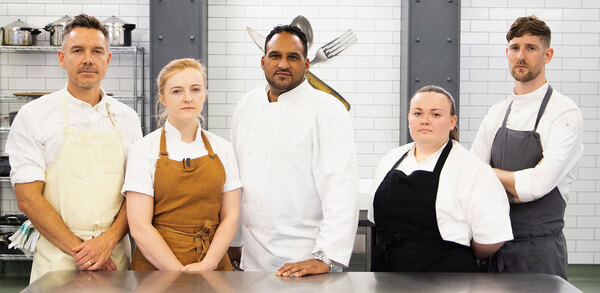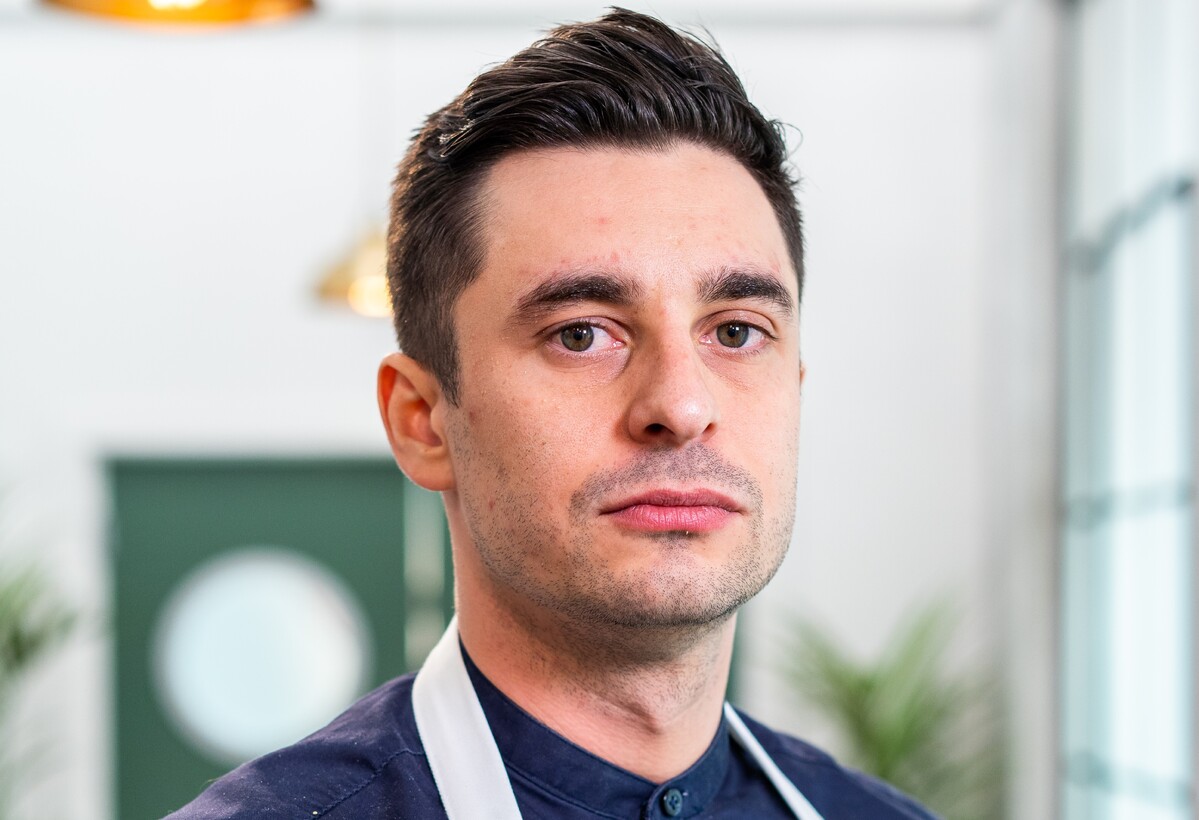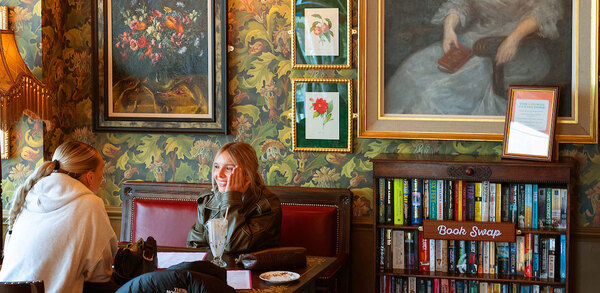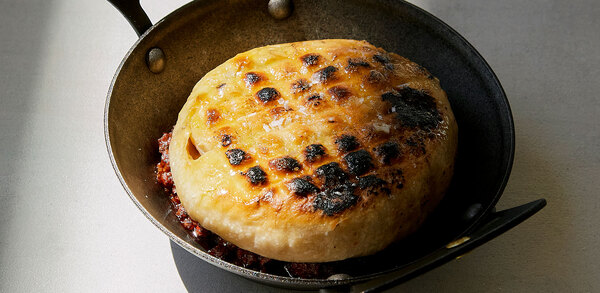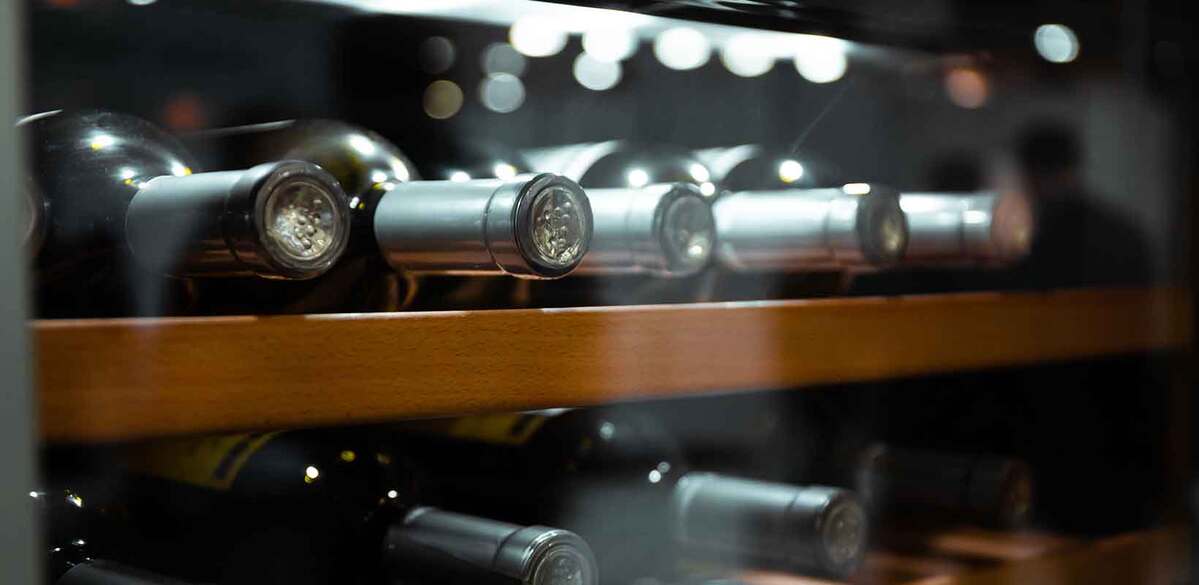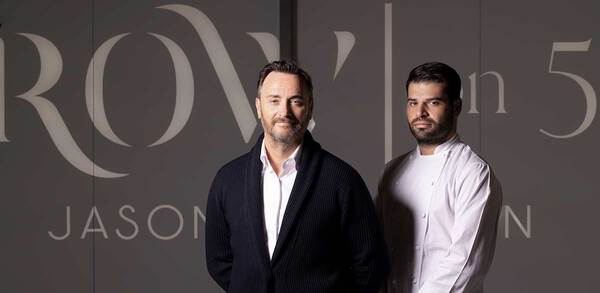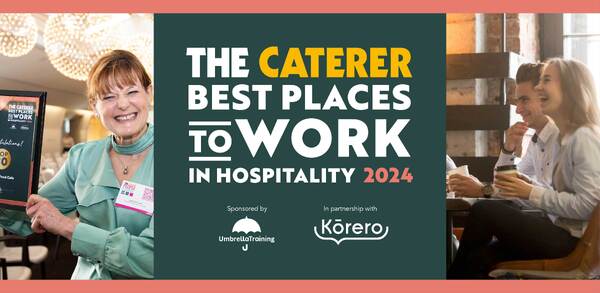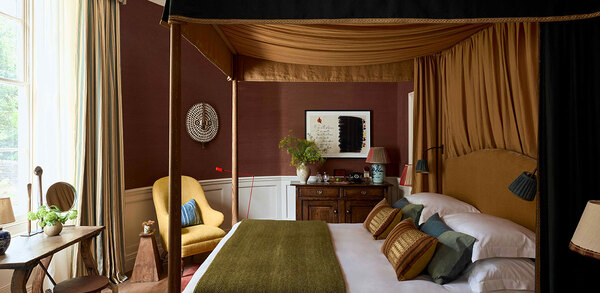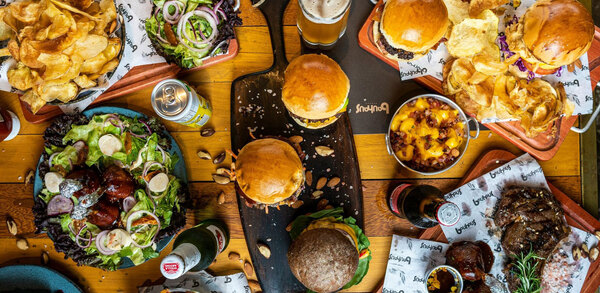Anna Haugh's debut cookbook serves 'modern home cooking with Irish heart'
Anna Haugh’s much anticipated cookbook shows her life in food, from working in restaurant kitchens to eating at home by the fire
In this, her first cookbook, Anna Haugh describes how as a child she would sit in front of the TV with her brothers and sisters at the weekend, watching cartoons and eating sausages as a starter before the main of a full Irish cooked by her mother, who was rarely out of the kitchen. Afterwards, she would help her mother cook pretty much everything from scratch, including jams and jellies, Dublin coddle, scones and apple tarts. Her dad was the produce man, happy to introduce his daughter to new flavours and buying fruit by the crate, but who also asked where the potatoes were the first time he ate spaghetti bolognese.
As she says: “Cooking is in my bones and sharing is in my nature,” and this warm and fuzzy past has informed how she cooks at her restaurant Myrtle in Chelsea in London, where she creates Irish food directly inspired by her mother but “lighter, more elegant, modern dishes that remind people of childhood flavours”. As she grew up and the lightbulb that she wanted to be a chef switched on, she kept a notebook, recording what went well, what didn’t, insider tricks and kitchen hacks. That now-scrappy notebook is the basis of this book.
Haugh is a patient teacher and offers a handhold through tricky recipes, encouraging the reader to pick themselves up after a mistake, as “learning from mistakes is the mark of a great cook”. The recipes themselves include simple 20-minute dinners, such as staff dinner Pasta Ferrari, named because it’s “quick and red”, potato cakes with rashers and mushrooms, or sea bream puttanesca, “the single most surprising dish I’ve made at home”.
The meat and fish chapters include ‘Anna’s Wednesday night curry’, picked up from a stint with Vivek Singh at the Cinnamon Club in London and jotted down in that notebook, or braised ox cheeks with sweet potato and basil crush. The slightly more involved ‘weekend projects’ chapter offers up black pudding parcels made with samosa pastry and served with Bramley apple dip; roasted juniper-marinated duck with potato waffle; and a carrot, pickled raisin and hazelnut salad with airing cupboard vinaigrette, a dish inspired by Shane Osborn at Pied à Terre and where the dressing intensifies in flavour after being kept warm for three days.
Despite describing herself as not having a particularly sweet tooth, the desserts chapter holds the ‘Va-va-voom chocolate biscuit cake’ (essentially shop-bought chocolate bars suspended in melted chocolate), a black forest gateâu, a citrus sabayon first learned in her catering college days, and a rich double chocolate and lime tart.
Alongside the recipes are tricks of the trade on anything from how to use up leftover pastry (sprinkle with sugar and cinnamon to make biscuits), how to calculate residual heat after cooking, how to tell when a pie is cooked, and why grated potato turns brown in springtime (the starch is starting to turn to sugar – rinse it off).
This is a warm hug of a book where Haugh’s voice can be heard vividly in every recipe and she has a story to tell for each. As she says: “Life has many burdens, but food can help us escape them.”
Cooking with Anna Haugh by Anna Haugh, Bloomsbury Publications, £26





